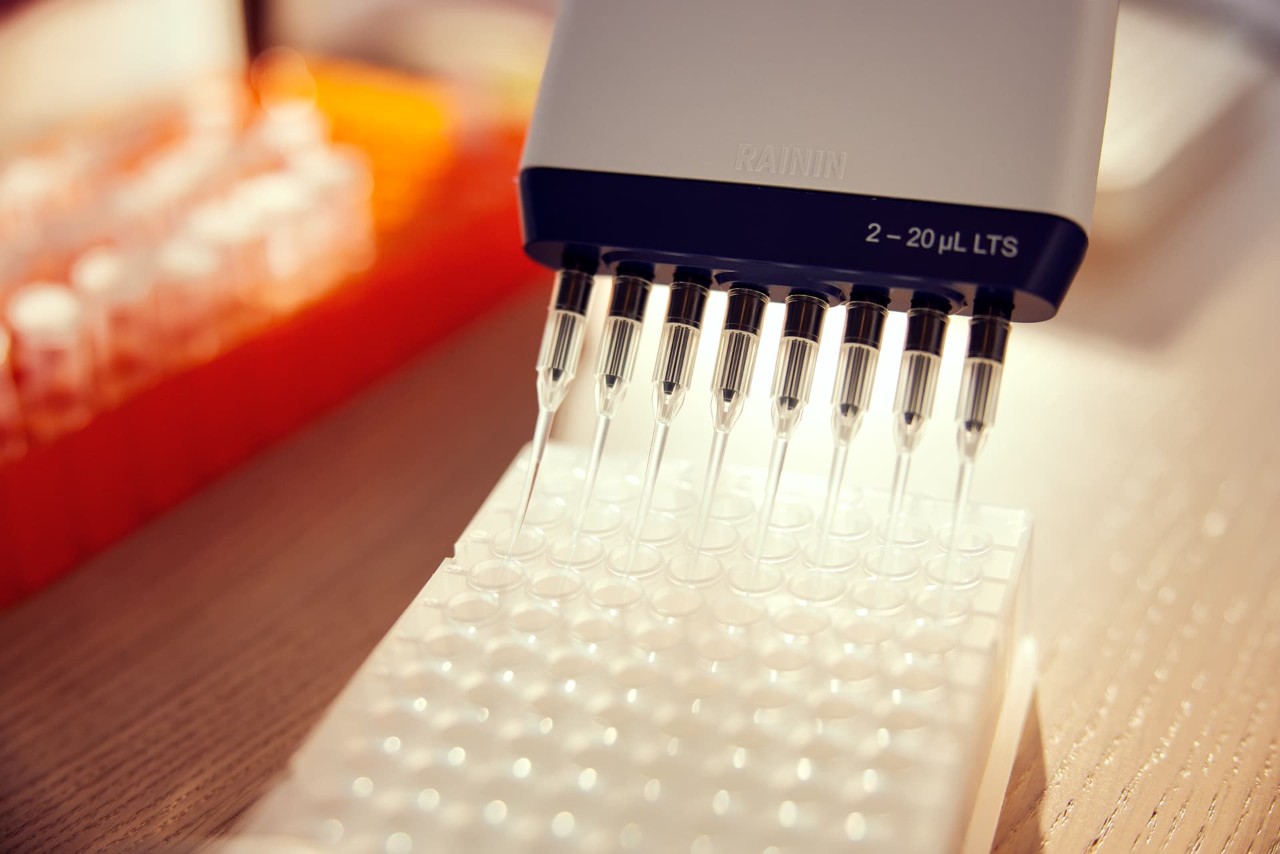
MiSeq i100 Series Reagent Kits
Reagents for the MiSeq i100 Series feature easy-to-use cartridges and multiple flow cell configurations for flexible sequencing options.
Accelerate discoveries for infectious diseases with high throughput, speed, and accuracy
Infectious diseases are a leading cause of morbidity and death worldwide.1 High-throughput, culture-free methods, such as next-generation sequencing (NGS), are leading the way for how scientists perform infectious disease research and monitor epidemics and pandemics caused by viruses, bacteria, fungi, and parasites.2 Compared to previous technologies, NGS provides the speed, depth, and accuracy to identify pathogens, detect genetic changes, discover novel mechanisms and genes, and more.3 Illumina offers NGS strategies such as single-genome, multi-pathogen, and discovery sequencing methods with cutting-edge solutions to advance infectious disease research.

Sequencing for infectious disease research can be complex. Fortunately, different NGS-based methods are available to optimize the efficiency of your workflow and your results. Depending on your sample needs, single-genome, multi-pathogen, and discovery sequencing workflows can enable the full array of solutions for microbiology and infectious disease research applications.
Single-genome sequencing is an optimal method when sequencing a single pathogen or a known target. This approach can help you gain valuable genomic insights into species, strains, and genotypes of pathogens, as well as predictive insights into how pathogens could respond to antimicrobial agents. Single-genome sequencing can be accomplished through whole-genome sequencing of cultured isolates or targeted amplicon sequencing. Read more to see how each method can be used depending on the application.
Learn how the MiSeq i100 Series, combined with enrichment workflows, enables fast and reliable targeted sequencing for influenza detection and full-genome characterization, overcoming common amplification challenges and supporting flexible, efficient NGS workflows.
Read application note: Sequencing seasonal influenza viruses with the MiSeq i100 Series
Read how whole-genome sequencing (WGS) of cultured isolates allows for the mapping of genomes to characterize or identify organisms, complete assembly of known organisms, or even the comparison of genomes from separate samples.
Read publication: Implementing WGS-based bacterial identification
Learn more about bacterial WGS
Learn how scientists use targeted amplicon sequencing to analyze genetic variation in specific genomic regions while distinguishing microbial from non-microbial genomes. This method achieves accurate, on-target results with simplified workflows, allowing researchers to efficiently identify and characterize important microbes of interest, such as drug-resistant tuberculosis.
Read publication: Utility of target-based NGS for drug-resistant tuberculosis
Learn more about tuberculosis sequencing and amplicon sequencing
Hybrid capture enrichment is an ideal solution when certain pathogens are suspected to be present. They allow for targeted or whole-genome sequencing of multiple organisms without requiring the high-read depth needed for shotgun sequencing of unenriched libraries. Read about specific examples using hybrid capture enrichment below.
Hybrid capture enrichment provides a comprehensive yet clinically relevant microbiology profile of acute upper respiratory infection. Read how researchers use hybrid capture to rapidly identify and characterize upper respiratory microorganisms.
Read publication: Deciphering microbiota of acute upper respiratory infections
Learn more about targeted microbial sequencing
Precision metagenomics offers the potential for building effective assays to investigate pathogens in complex urinary tract infections (UTIs). Read how researchers use the Illumina Urinary Pathogen ID/AMR Panel to identify uropathogens using NGS-based methods.
Read article: Benefits of metagenomics for uropathogen studies
Discovery sequencing workflows are useful when aiming for truly unbiased analyses of primary samples. 16S rRNA sequencing or shotgun DNA/RNA sequencing enables analysis of the genetic material present in complex microbial communities using primary samples (eg, sputum and lower respiratory aspirates). Read about real-world reports to see how discovery sequencing is being used to characterize pathogens.
Read how 16S rRNA sequencing had the highest likelihood of identifying pathogens to decrease the number of antibiotics used in culture-negative infections.
Read publication: 16s rRNA sequencing for pediatric infection studies
Learn more about 16S rRNA sequencing
Scientists demonstrate that shotgun metagenomic sequencing can potentially show better bacterial detection compared to traditional Sanger 16S sequencing. In this publication, read about the contribution of shotgun metagenomics in the microbiological documentation for liver abscesses.
Read publication: Promising results of shotgun metagenomics vs Sanger 16S sequencing
Learn more about shotgun metagenomic sequencing
Take the guesswork out of your next workflow. The NGS Workflow Finder provides personalized solution recommendations and resources so you can sequence with confidence.
Your email address is never shared with third parties.
Learn how NGS is contributing to drug-resistant TB (DR-TB) research. This informative eBook outlines the global implications of DR-TB, details how NGS is being used to advance the WHO goal of ending TB, and overviews Illumina targeted and whole-genome sequencing workflows that can be applied to TB genomic investigations and research.
Your email address is never shared with third parties.
Download this eBook to learn how precision metagenomics is providing innovative solutions to rapidly detect and characterize pathogens through the power of next-generation sequencing.
Illumina offers technology and support to enhance your microbiology and infectious disease research. In this brochure, learn about NGS workflows and solutions based on your microbes of interest, sample types, and questions you want to answer with optimized end-to-end solutions.
Interested in learning more about NGS for infectious disease research?
Your email address is never shared with third parties.